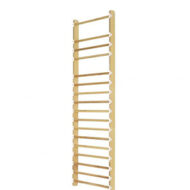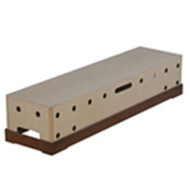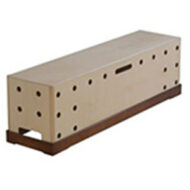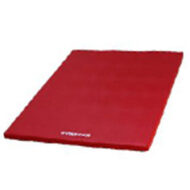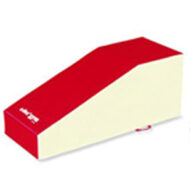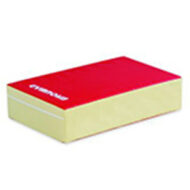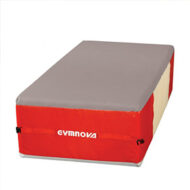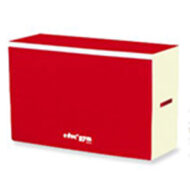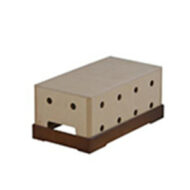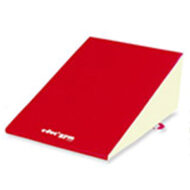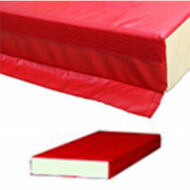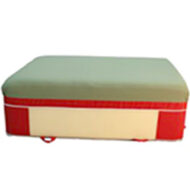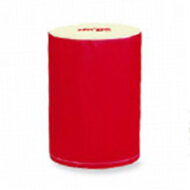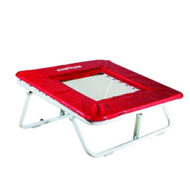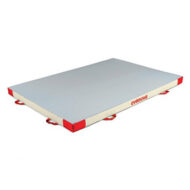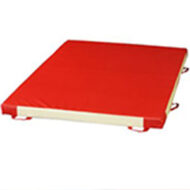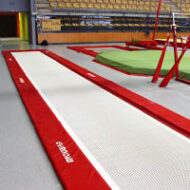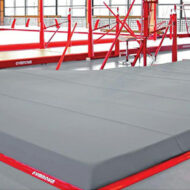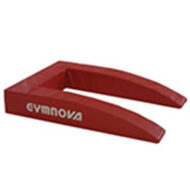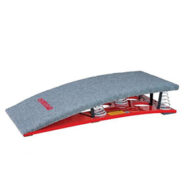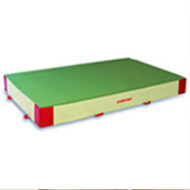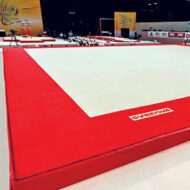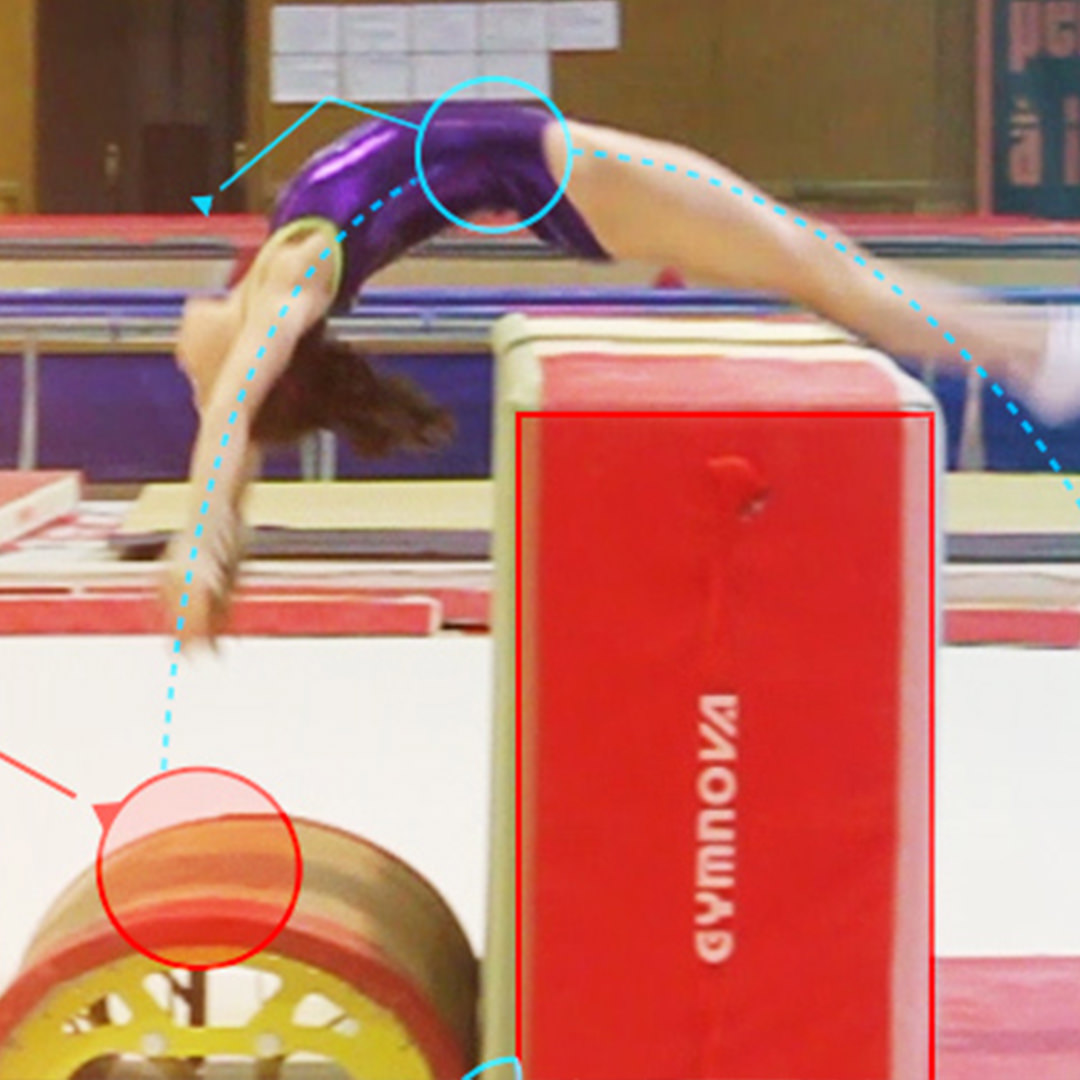Front handspring
How to teach the front handspring



Angelo Ritorto
Front handspring
How to teach the front handspring
description
Complete training guide to handsprings on floor
The handspring is an absolutely essential basic skill in gymnastics. It's the first real inversion to the front in an acrobatic movement.
In this training we will begin, as always, with an analysis of technique. Point by point, we will go through the placements, directions and the intensity of actions needed to be able to master this element.
After the prerequisites, we also offer you a section on specific physical preparation.
In particular with the handspring, after checking that the prerequisites have been mastered, it's better to move on to this phase of specific strength training before going on to the skill progression.
After this, we show you 32 teaching exercises that you can easily set up for your gymnasts.
Then the training concludes with a video on spotting technique.
Develop your knowledge of the handspring with this training and learn to teach it even more effectively.
A tip from us: Perfectly executed, the handspring opens up a wide array of tumbling skills, and not only the world of forward rotations.
It also paves the way for an easier round-off as well as handsprings on vault.
Enjoy!
Associated books
Let's Teach Artistic Gymnastics - Floor Skills - Volume 2
Learn how to teach:
• Cartwheel • Handspring • Run-up hurdle • Headspring • Flyspring •
All the exercises needed to learn basic forward acrobatic skills, from their beginnings to the execution of complete skills
→ 183 exercises - 230 pages - Format 15 x 21 cm -
A note on the series of books, "Let's teach gymnastics":
• Our books are essential companions to the video training on the same topics that you find in the section "Gymnastics Education" here on GymneoTV.
• Their spiral binding and tabbed pages allow you to quickly find the skills you want to look at, and easily locate the drills and training stations.
• The summaries of technique and the large format illustrations made to scale make these books the ideal companions to your training sessions.
Our advice:
• For training session prep: thanks to the technique summary and icons at the top of each page, you can easily find the stations that match the current needs of your gymnasts. You can also anticipate the equipment needs for your upcoming session.
• During training: with the help of realistic images, you can save time by showing your gymnasts the drills to work on. They will also be able to help you set up the training stations and thanks to the illustrations, they'll more easily understand the task at hand.
• You will improve the constant exchange that you have with your athletes. In fact, when giving your instructions, the illustrations create common ground for discussions or reference points. They make it easy to understand and/or visualize technical placements, which makes it much easier to learn the element.
content
- Introduction
- Analysis of the front handspring from standing position
- Connection between the hurdle and forward lunge
- Shifting the weight between the back leg and the supporting leg of the forward lunge
- Shifting the weight between the front leg and the hand contact
- Impact phase and arm push-off on the floor
- Flight phase
- Landing phase
- Analysis of the front handspring from a run - comparison with starting from the standing position
- Step 1 : Rebound on the hands
- Step 2 : Rebound and opening the shoulders
- Step 3 : Rebound and opening the shoulders and body
- Step 4 : Increasing the force of the actions
- Step 5 : First feelings of rotation
- Step 6 : Rebound and horizontal movement
- Step 7 : Exercises to simulate a rebound for a front handspring
- Step 8 : Getting familiar with the skill as a whole
- Step 9 : Exercises to improve understanding of the final phase of the front handspring
- Step 10 : The first front handsprings with equipment
- Step 11 : Adding on and progression with a hard landing
